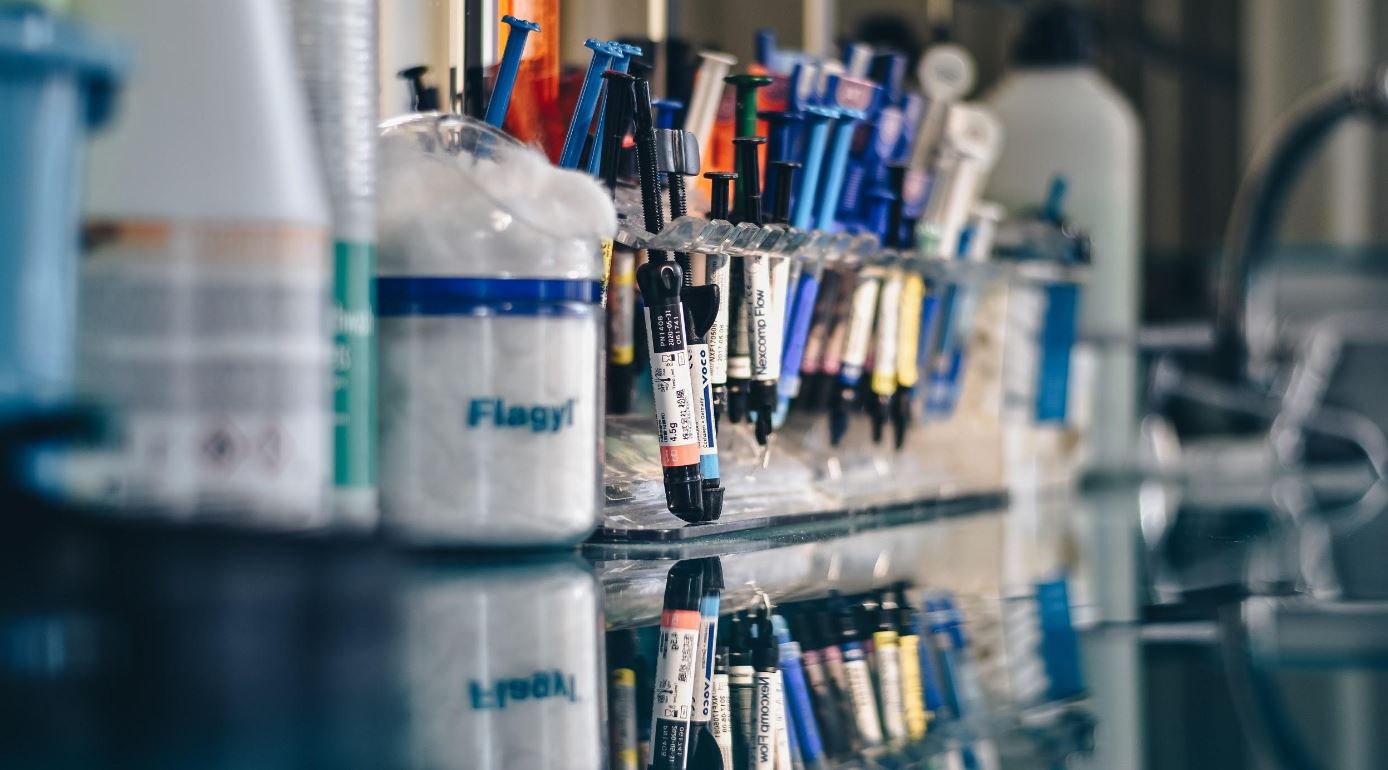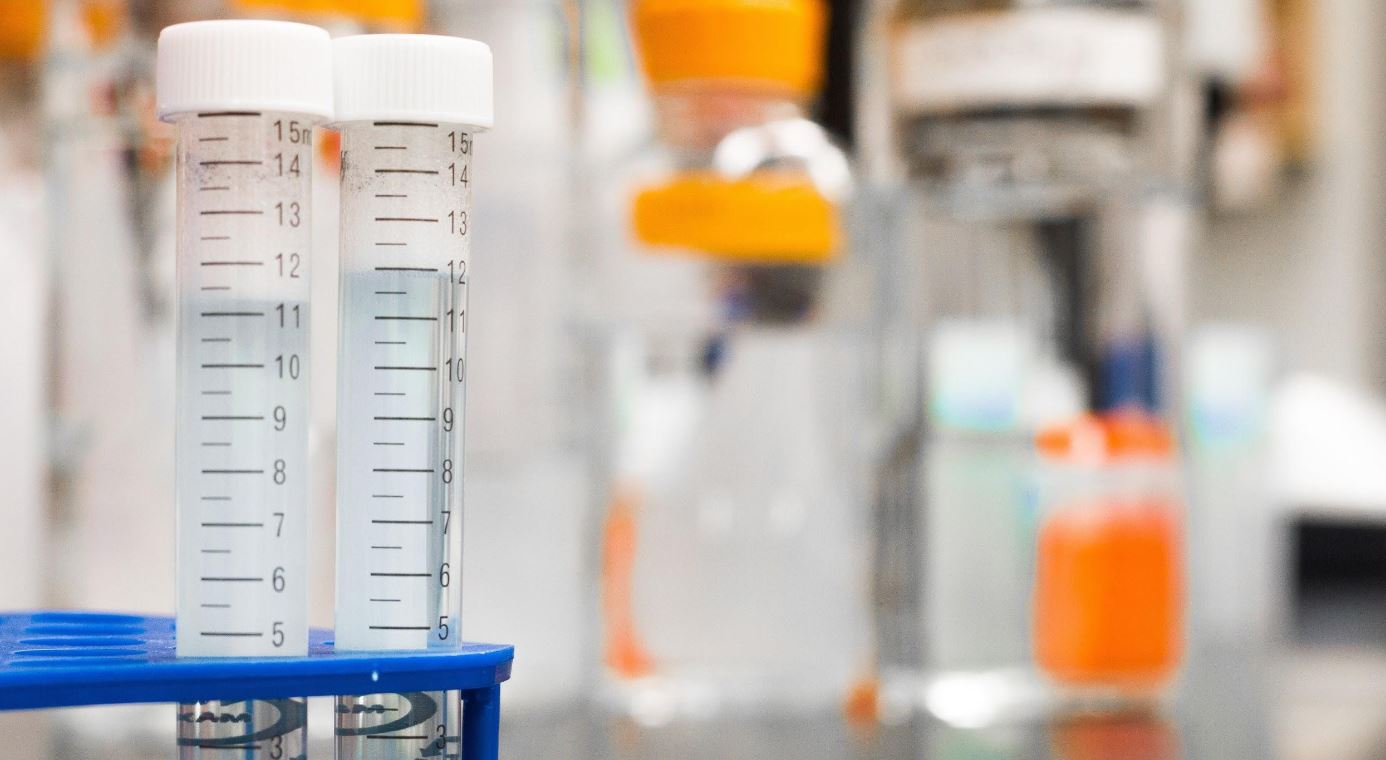When it comes to technological breakthroughs, the focus remains on paradigm shifts: everyone wants to take part in the next big thing, the next breakthrough that will revolutionize the way that the world works. As the self-styled Steve Jobs of the healthcare industry, Elizabeth Holmes promised investors this degree of innovation with her startup, Theranos. Years later, with Holmes’ criminal trial date announced for the summer of 2020, her Silicon Valley debacle creeps back into the national spotlight, positing her as a fraud rather than an innovator.
The Edison Machine

As a chemical engineering undergrad at Stanford University, Holmes worked as a student researcher in a lab where she would devise the plan for her next big idea: the Edison Machine. The Edison machine would allow healthcare providers to be able to run hundreds of tests, from those as simple as blood type or glucose tests to more complex blood tests that would detect the presence of nuclear antigen antibodies and cancer cells.
Perhaps even more impressive was the fact that all this could be conducted from one single prick of blood, which would produce results within 4 hours and ease the pain of taking traditional blood tests—useful both for the perpetually-squeamish and for people who need frequent blood testing because of chronic conditions. The Edison Machine also promised accessibility, accuracy, and speed. Early testing sites were set up in Walgreens pharmacies, making blood testing available to a large population of people. As Holmes coined it, Theranos would be “within 5 miles of every American’s home.” Theranos also consistently boasted about the Edison Machine’s use-cases on medevac helicopters and in the battlefield.
With promises such as these, investors began flooding the market for Theranos shares. Soon Theranos had attracted investors such as Tim Draper, the venture capital billionaire; Betsy DeVos, U.S. Secretary of Education; the Walton family, the founders of Walmart; Rupert Murdoch, the media mogul millionaire; the Cox family, Atlanta’s billionaire family; and Carlos Slim, a man once labeled as the richest person in the world by Forbes. Holmes’ invention was promising to some of the most influential investors in the world—how did it fall apart so quickly?
What went Wrong?

The billion-dollar undoing of Elizabeth Holmes and her investors was in part a classic dismissal of due diligence. The first thing that people were primed to see about Theranos was the high-profile board members that Holmes had pulled into her company via her elite connections. From there, they were coaxed into buying shares by Holmes’ tenacious and motivated character, as well as the collective optimism a unique healthcare invention can offer. However, this enthusiasm was almost never based upon the science, which would have been uncovered by in-depth due diligence.
The first red flag was that the medical company and its founder were highly publicized, yet the science backing Theranos and their medical invention hadn’t been peer-reviewed, and was nearly non-existent in any medical journals, databases, or the internet. Not only do medical devices typically go through years of rigorous testing and clinical trials, they also get hundreds of articles and journals written about their efficacy and usefulness. The Edison Machine had fewer than five, and the science and evidence backing it was minimal.
The second due diligence disaster with Theranos was that no one was paying attention to or giving a platform to Holmes’ critics. Countless external voices, such as professor Phyllis Gardner and internal employees such as Tyler Shultz and Erica Cheung, had raised numerous concerns about the technology. There was a policy of utter secrecy that surrounded the medical compound, which may have been necessary while in the prepatent stage; however, investors should have known that medical science cannot remain a secret.
The last failure in this process was related to Theranos’ finances. At one point, the company was worth a total of $9 billion, and was projecting revenue at $100 million while profits were a meager $100,000. An auditor could have made this clear, as could have any due diligence reports that made similar points through financial inferences found in open sources and public records.
For Theranos, the financial consequences were far from the worst. As Matt Levine, a Bloomberg View columnist wrote,
The problem with launching a blood-test machine that doesn’t work isn’t just that you swindle the investors who funded the machine’s development. You are also out there performing a lot of fake blood tests.
It Gets Worse

In the Phoenix area alone, over 175,000 consumers were given faulty blood tests by the Edison machine. The inaccurate blood tests themselves were not as harmful as either the diagnosis or the ensuing treatment plans that were created for people who had little more than a 1 in 10 chance of receiving correct test results. People who genuinely had diseases and believed that these tests would give them peace of mind were given false negatives, and people who were perfectly healthy were given results and treatment for false positives. For some this was as minor as having to take a round of unnecessary antibiotics; for others, like Steve Hammons, it meant having surgery that could potentially have been avoided.
A Lesson Learned the Hard Way
What ultimately came out of the Theranos debacle was not a machine that could perform hundreds of tests from just a prick of blood, but concrete lessons in pre-investment due diligence for future investors and consumers. The due diligence process must take into account not only the people with whom one is conducting business, but also the context of the industry and related products. Overall, countless people would be safer, and investors could have saved $700 million dollars, if the proper investigations and background checks had been conducted.
Marin interned in Prescient’s Due Diligence practice. She is a junior at the University of Notre Dame, where she studies Political Science and Computing & Digital Technologies.
